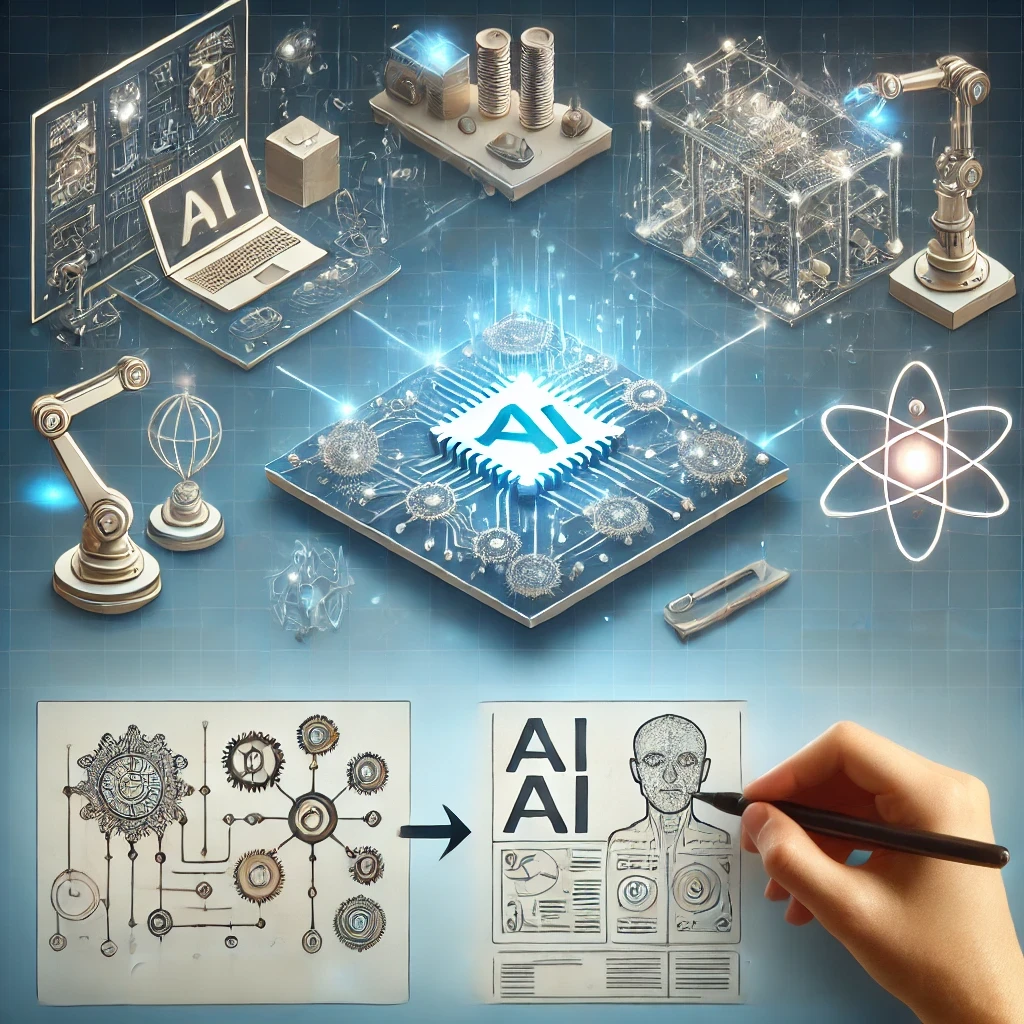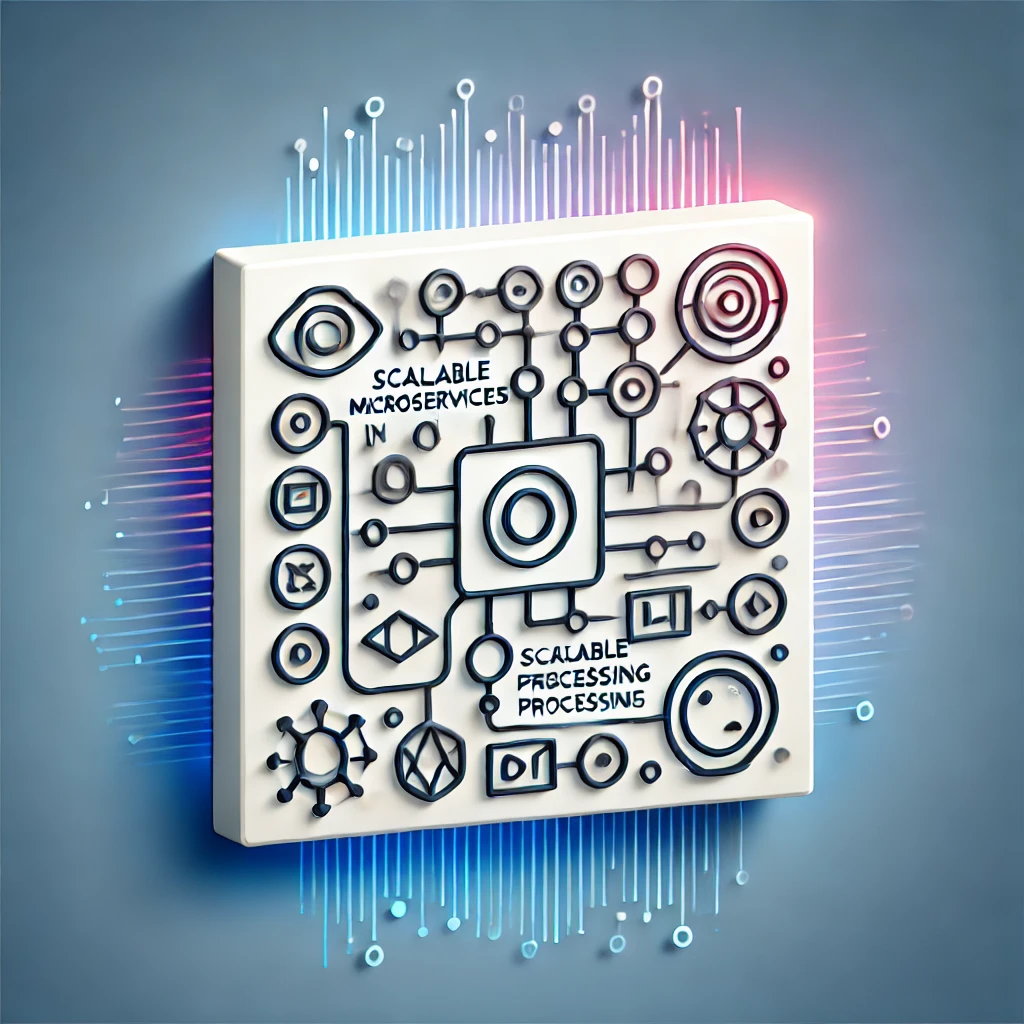
Artificial Intelligence (AI): A Powerful Tool or Just Marketing Hype?
Artificial intelligence is often surrounded by bold claims — some see it as a revolutionary tool, while others dismiss it as overhyped marketing. The reality lies in between. AI is already transforming industries, automating complex tasks, improving efficiency and unlocking new business opportunities. From image recognition and object detection to fraud prevention and predictive analytics, AI is proving its worth in real-world applications.
However, AI is not a magic solution. Its effectiveness depends on quality data, strategic implementation and human oversight. Businesses that adopt AI wisely — whether through ready-to-use APIs or custom AI solutions — can gain a significant competitive edge, cutting costs and improving decision-making.
The future belongs to those who adapt. Companies that integrate AI today will stay ahead in an increasingly digital world, while those who ignore it risk falling behind. AI is not just hype — it’s a game-changing tool for businesses that are ready to embrace innovation.

Computer Vision: Can Beginners Build Solutions Fast?
With the rise of open-source AI frameworks, pretrained models, and cloud-based APIs, developing a computer vision solution has never been easier. Many believe that anyone — even without deep technical expertise — can quickly create an image recognition system with minimal cost. But is that really the case?
While off-the-shelf AI tools can handle basic tasks like OCR, background removal and object detection, more complex applications often require custom AI models, expert fine-tuning and ongoing maintenance. Businesses relying solely on quick-fix solutions may encounter accuracy issues, hidden costs and security risks, especially in industries where precision and reliability are critical.
So, how do you choose between prebuilt AI services and custom computer vision development? The answer depends on your specific needs, long-term goals, and willingness to invest in AI expertise. In this article, we explore the key considerations, risks, and long-term benefits of different approaches to computer vision adoption—helping you make the right decision for your business.

Building Custom AI: From Concept to Deployment Best Practices
Custom AI solutions are transforming how businesses operate, offering a tailored approach to solving specific challenges and unlocking new opportunities. Unlike off-the-shelf tools, custom AI provides long-term value by reducing costs, improving profitability and enabling scalability for evolving needs. This blog post explores the essential steps to building custom AI, from defining clear objectives and preparing high-quality data to selecting the right architecture and deploying solutions effectively. By embracing custom AI, businesses can enhance efficiency, stand out in competitive markets and future-proof their operations. Whether you're an e-commerce platform, a logistics company or a brand monitoring your reputation, this guide will help you navigate the journey from concept to deployment with best practices and actionable insights.

Microservices in AI: Building Scalable Image Processing Pipelines
In an era where visual data drives industries, building scalable and efficient image processing systems is more important than ever. Microservices architecture has emerged as a transformative solution, enabling businesses to handle large volumes of images with flexibility, speed and precision. By breaking down workflows into modular, independently deployable services, microservices streamline tasks like OCR, background removal and logo recognition while ensuring scalability and reliability.
This blog explores the advantages of microservices for AI-driven pipelines, delving into key components, real-world use cases and strategies for blending ready-to-go APIs with custom solutions. Whether you're managing eCommerce catalogs, automating document workflows or moderating sensitive content, microservices offer a powerful framework to meet today’s challenges and prepare for tomorrow’s innovations. Discover how this approach can help you build a future-proof infrastructure that evolves with your business needs.

Cloud vs Edge: The AI Deployment Strategy for Image Processing in 2025
In 2025, the choice between cloud and edge computing isn’t just about technology — it’s about crafting a strategic AI deployment plan that balances speed, scalability and security. Cloud computing excels in handling complex, large-scale image processing tasks, while edge computing offers unparalleled speed for real-time applications. By combining the strengths of both in a hybrid approach, businesses can reduce latency, safeguard sensitive data and optimize costs. This blog explores how to leverage the cloud-edge synergy, adapt to evolving AI advancements and build a future-ready image processing strategy that drives innovation and growth.

Top Underrated AI Technologies You Haven't Heard Of Yet
While AI advancements like ChatGPT and autonomous vehicles dominate the headlines, many equally transformative technologies fly under the radar. This post explores underrated AI innovations such as self-supervised learning, federated learning, TinyML and vision transformers. These tools address challenges in data efficiency, privacy, edge computing, and image analysis, offering unique opportunities for businesses. By exploring these emerging technologies, organizations can unlock untapped potential, optimize workflows and gain a competitive edge in an ever-evolving landscape. Discover how these hidden gems can shape the future of AI innovation.

Outsourcing Computer Vision Projects for Faster Deployment
Outsourcing computer vision projects is a strategic move that enables businesses to achieve faster deployment, reduce costs, and maintain flexibility in an ever-evolving market. By partnering with experienced providers, companies can leverage cutting-edge technologies, such as pre-trained models and cloud-based AI platforms, to streamline development and deliver high-quality solutions. This approach not only accelerates time-to-market but also allows businesses to focus on their core goals while leaving technical complexities to the experts. Learn how outsourcing can be the key to staying competitive and fostering long-term innovation.
